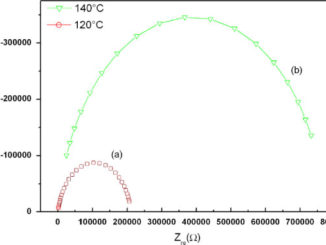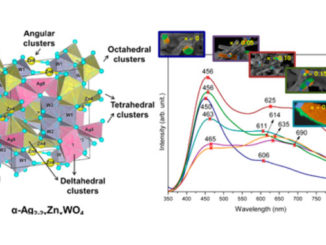
Writers: ES Bronze-Uhle, BC Costa, VF Ximenes, PN Lisboa-Filho
Keywords: albumin nanoparticles, drug delivery, salicylic acid entrapped, nano-carriers
Abstract: Bovine serum albumin (BSA) is highly water soluble and binds drugs or inorganic substances noncovalently for their effective delivery to various affected areas of the body. Due to the well-defined structure of the protein, containing charged amino acids, albumin nanoparticles (NPs) may allow electrostatic adsorption of negatively or positively charged molecules, such that substantial amounts of drug can be incorporated within the particle, due to different albumin-binding sites. During the synthesis procedure, pH changes significantly. This variation modifies the net charge on the surface of the protein, varying the size and behavior of NPs as the drug delivery system. In this study, the synthesis of BSA NPs, by a desolvation process, was studied with salicylic acid (SA) as the active agent. SA and salicylates are components of various plants and have been used for medication with anti-inflammatory, antibacterial, and antifungal properties. However, when administered orally to adults (usual dose provided by the manufacturer), there is 50% decomposition of salicylates. Thus, there has been a search for some time to develop new systems to improve the bioavailability of SA and salicylates in the human body. Taking this into account, during synthesis, the pH was varied (5.4, 7.4, and 9) to evaluate its influence on the size and release of SA of the formed NPs. The samples were analyzed using field-emission scanning electron microscopy, transmission electron microscopy, Fourier transform infrared, zeta potential, and dynamic light scattering. Through fluorescence, it was possible to analyze the release of SA in vitro in phosphate-buffered saline solution. The results of chemical morphology characterization and in vitro release studies indicated the potential use of these NPs as drug carriers in biological systems requiring a fast release of SA.




